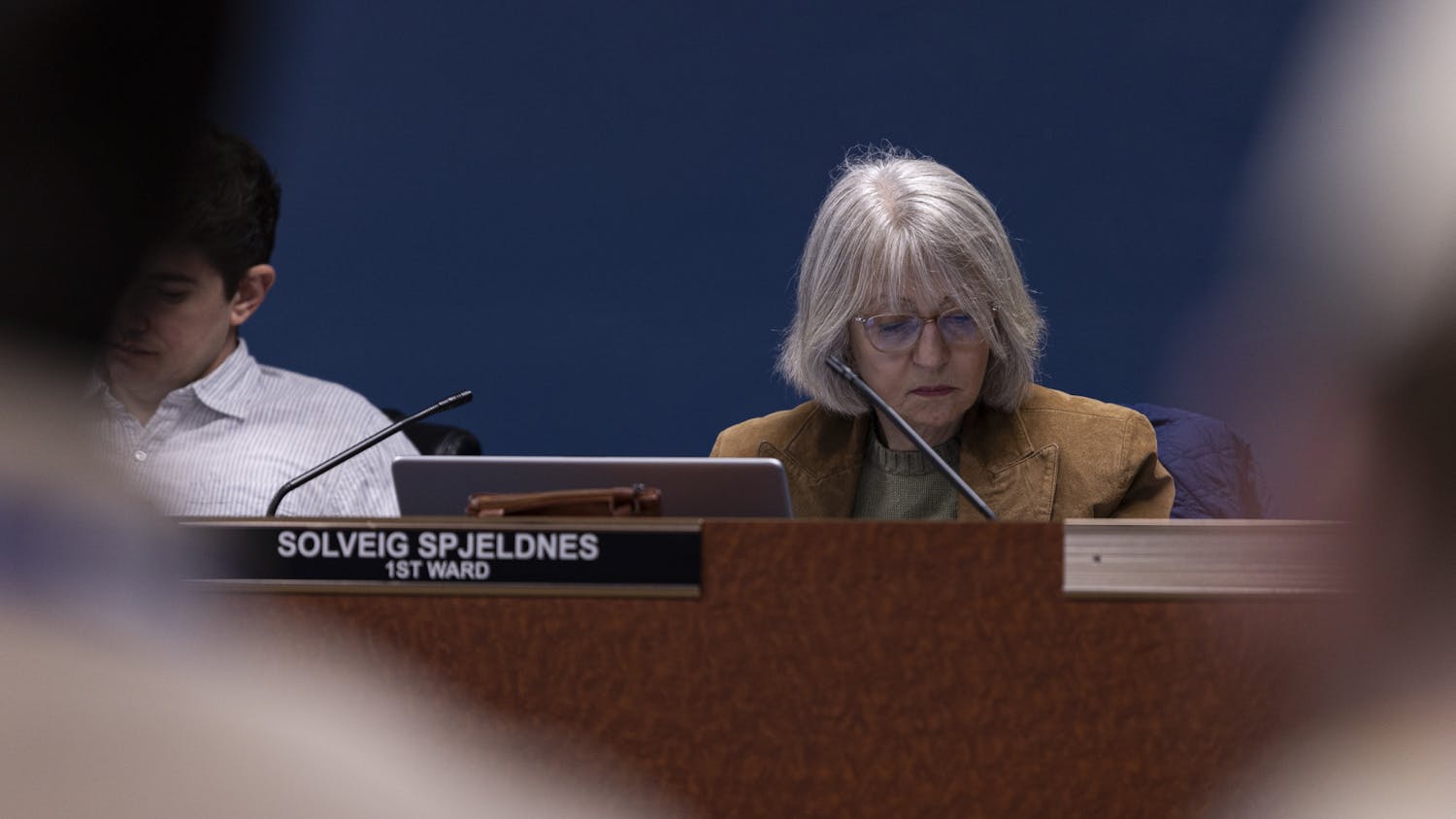When black actress Noma Dumezweni was cast as Hermione Granger in the 2016 play The Cursed Child, which takes place in the Harry Potter universe, the announcement was met with mixed reception.
Hermione was portrayed by white actress Emma Watson throughout the Harry Potter film series, and the unexpected change of the character’s race led upset fans to voice their criticisms against the casting choice on social media.
However, author J.K. Rowling commented on Twitter regarding the situation, supporting Dumezweni and later followed up with a tweet stating she had never specified Hermione’s racial background throughout the books.
“If J.K. Rowling was OK with how they portrayed her, I don’t see why it would be bad,” Emma Kane, a junior studying Spanish, said.
The publishing industry in the U.S. has grown over the years. In a 2017 report by Research and Markets, the industry was reported to have grown to more than 2,600 publishing houses, and its annual revenue is roughly $25 billion, due in large part to the increased interest in paperback children’s and young adult novels.
The racial representation within those books has yet to catch up to the growth of the industry. There is a belief that society automatically defaults a character to be straight, white, able-bodied and heterosexual.
“If you look at print media like books and stuff … television, movies (or) video games, there is a very slow incremental move toward inclusion and diversity,” Edmond Chang, an assistant professor of English, said. “But the numbers still aren’t very good.”
There have been discussions about the racial representation among popular YA fiction novels such as the Harry Potter series. Kylie Somodi saw the film version of Hermione and pictured Watson as the character in her head while reading the books.
“I can see why (Harry Potter fans) were a little upset when the play wasn’t someone who seemed a little more like the character (in the film),” Somodi, a junior studying communication science and disorders, said.
A similar situation occurred in 2012 when the YA dystopian series The Hunger Games, written by Suzanne Collins, was chosen for a film adaptation. The character Rue, portrayed by black actress Amandla Stenberg, was described explicitly as having “dark brown skin and eyes” in the novel. However, many fans also took to Twitter voicing their criticisms against the actress’ race.
The criticisms by fans regarding Rue’s racial identity were clearly due to racial bias, Chang said. But it’s more than just a political belief.
“It’s not just the fact that people feel like politics are sneaking into things,” he said. “They’re even willing to ignore the fact that there are already attempts to make things diverse.”
Non-white characters are usually featured solely in the background, and if they were to take a main role, “they were usually the ones to die first,” Somodi said.
It’s understandable why there have been several conversations regarding the portrayal of characters of differing races within YA fiction novels, Chang said. Earlier this year, a novel titled The Black Witch also faced criticism because the main character’s behavior toward other characters was claimed to be racist.
Even if the book might be interesting, it’s important that readers analyze the material they’re reading and listen to concerns others may have, especially if it deals with the subject of race, Chang said.
“That doesn’t necessarily mean we chuck everything out,” he said. “But that means we really have to listen. We don’t victim blame and we don’t make it the fault of the (non-white) reader for being unhappy with the fact that the system might actually be problematic.”
In the end, even if authors intentionally diversify their stories by including characters of differing races, sexualities, genders or any other traits, Chang said the plot wouldn’t be affected if the story is good.
“If it’s a good story, you enjoy it and it does other things that you you like, then what’s the harm?” he said.






